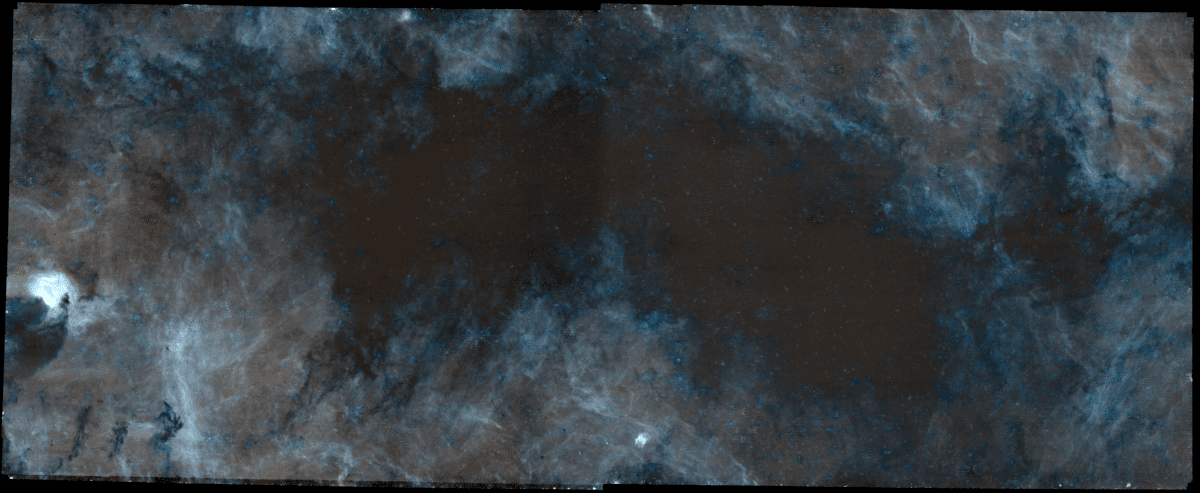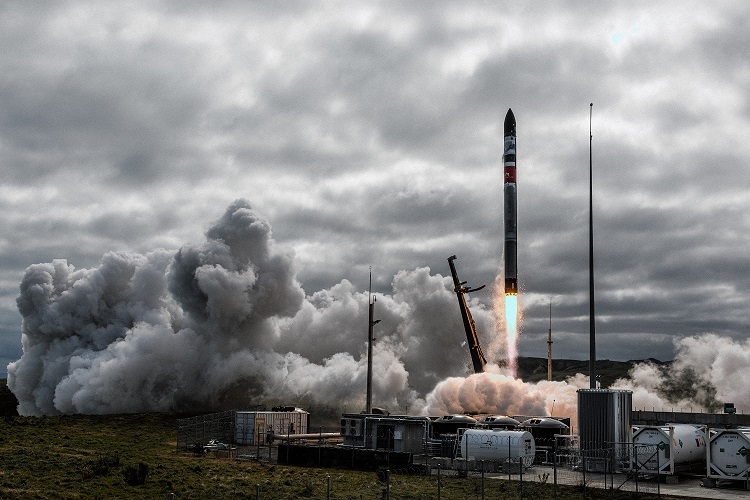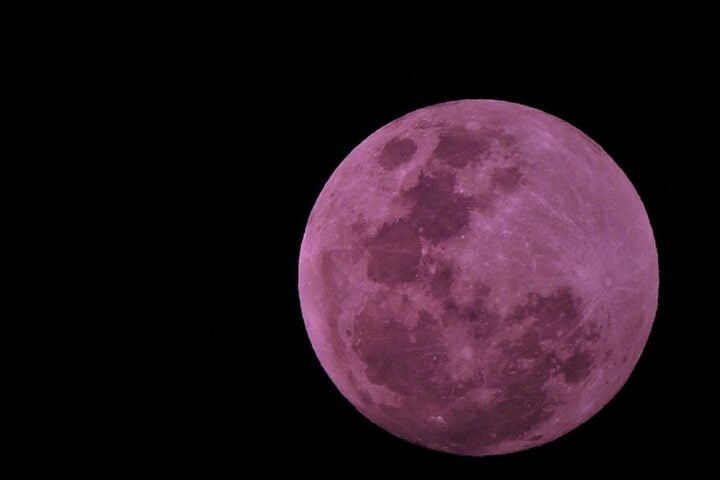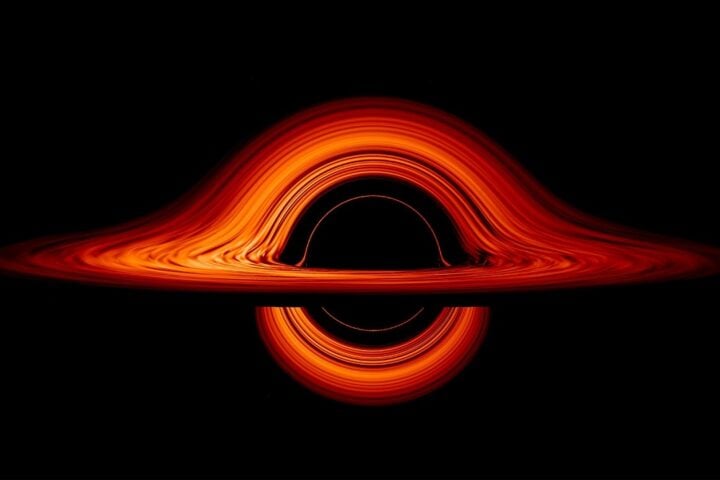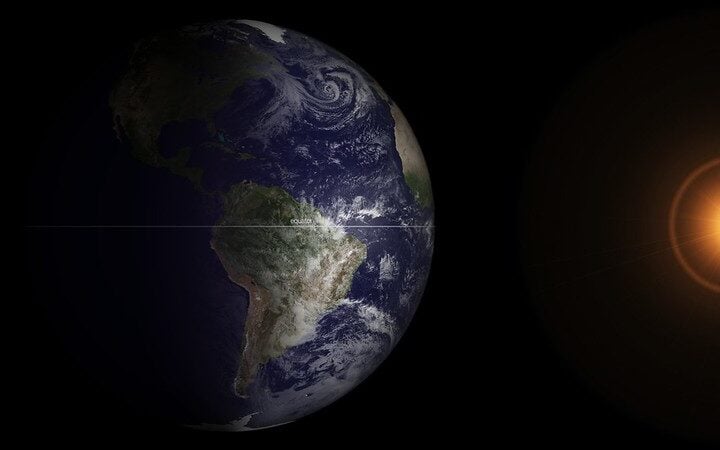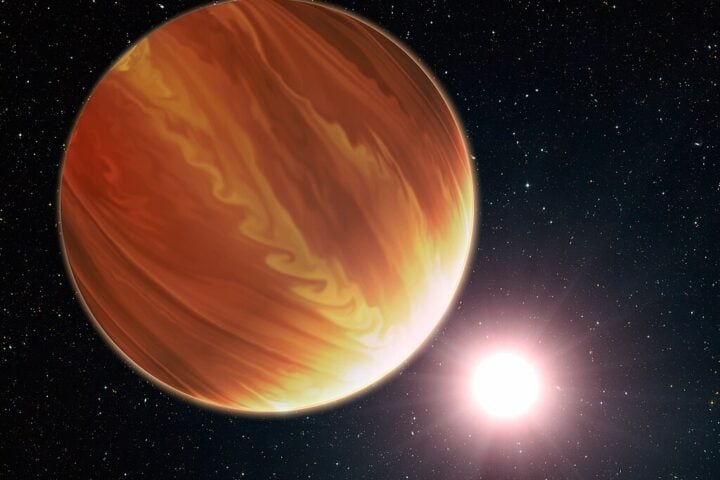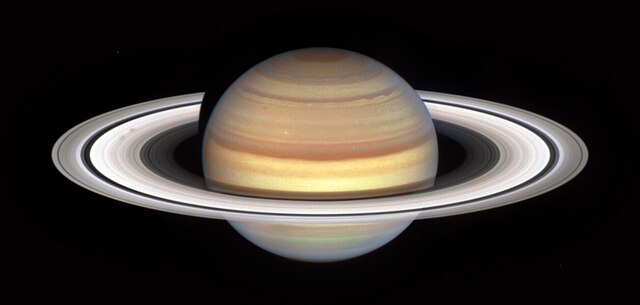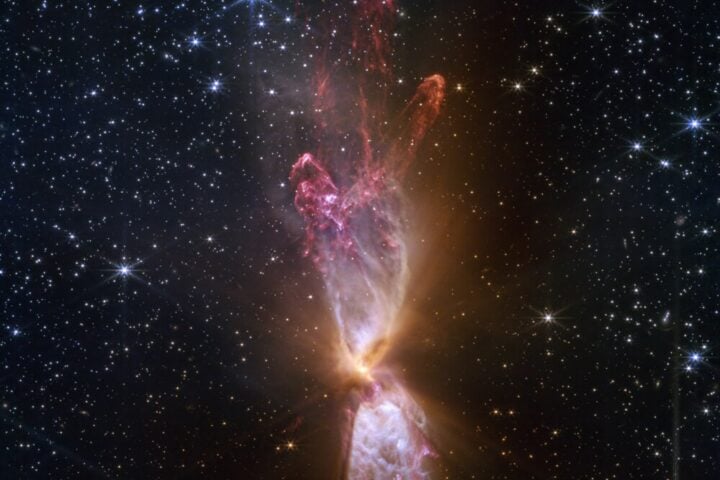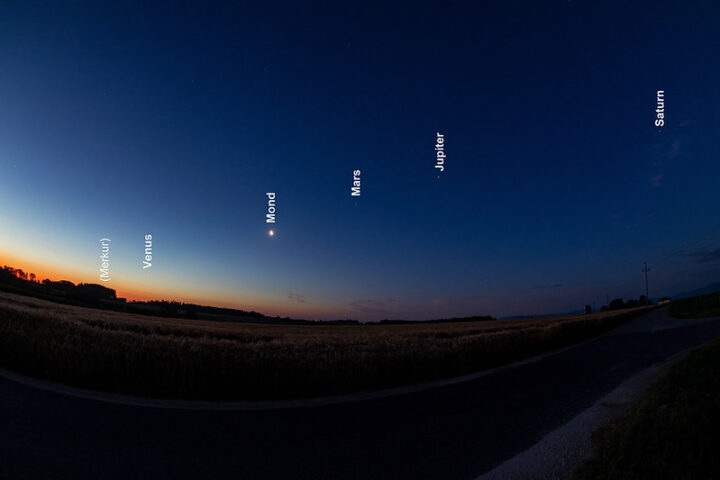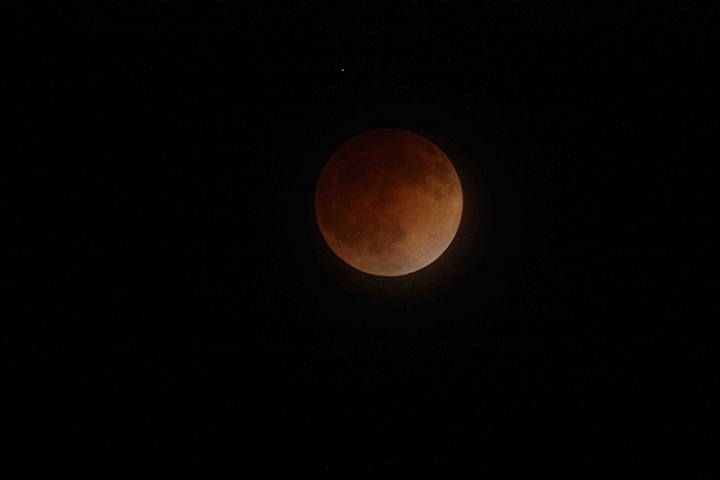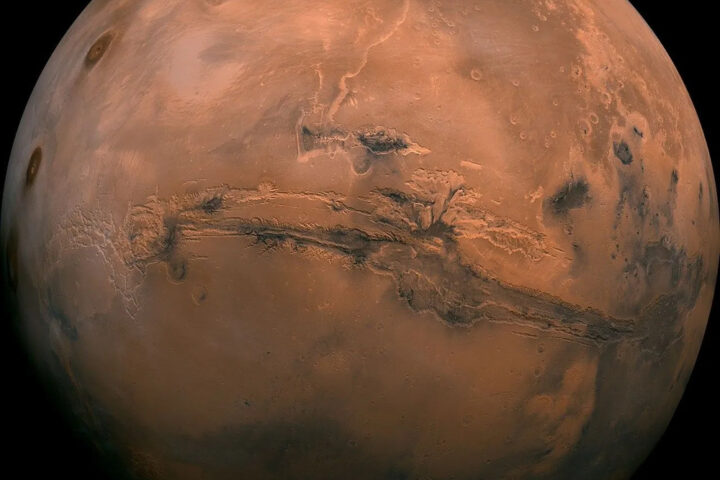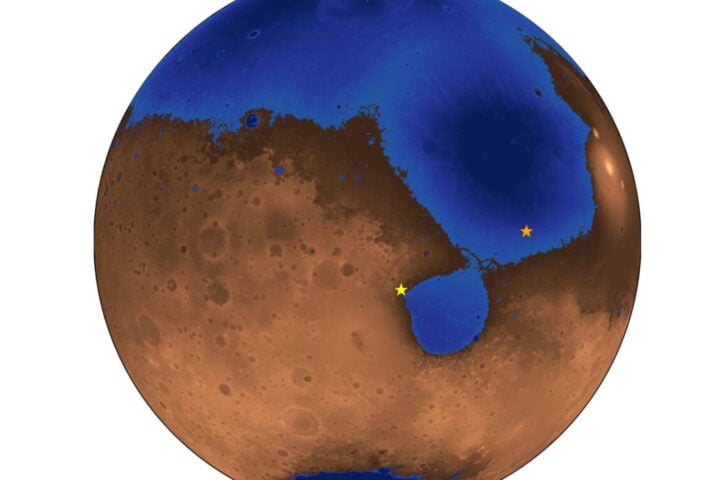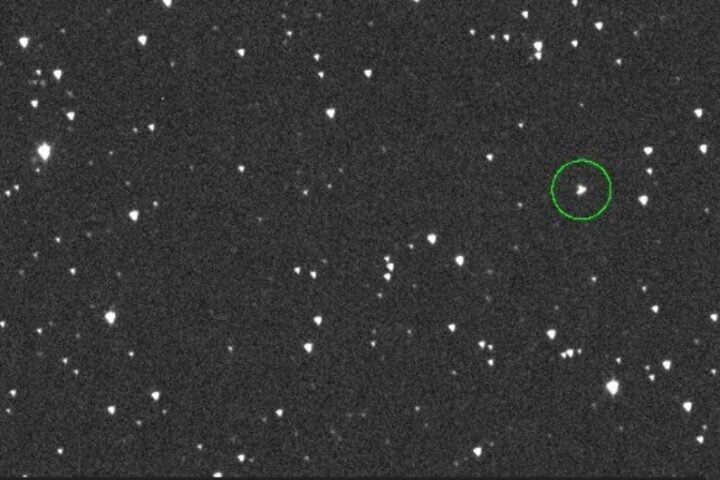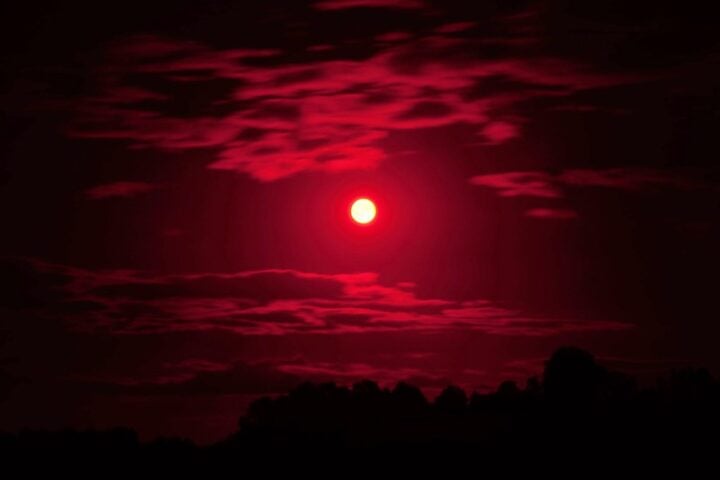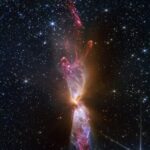A mysterious structure known as ‘The Brick’, a dense & turbulent infrared dark cloud (IDC) lies at the heart of our galaxy. The Brick puzzles astronomers with its surprisingly low formation rate, despite its massive presence. The James Webb Space Telescope (JWST) has been instrumental in unveiling the secrets of this enigmatic entity.
Although less abundant than hydrogen, carbon monoxide serves as a bright beacon for astronomers to trace the movement & density of interstellar clouds. An assistant Professor of Astronomy at the University of Florida spearheaded a groundbreaking study titled ‘JWST reveals widespread CO ice & gas absorption in the galactic Center Cloud G0.253+0.015’. It is suggested by the research that the Brick might contain more CO ice than previously believed, challenging our understanding of star formation.
The abundance of CO ice in ‘The Brick’ hasn’t led to the expected star birth rates. The NIRCam of the JWST has revealed that the CO on the surface of ‘The Brick’ may be gaseous, but deep within, it is frozen. CO plays a pivotal role as the primary coolant, in the dense molecular regions of ‘The Brick’. The cooling effect of CO should be stronger on the outskirts, but intriguingly, the gas inside ‘The Brick’ remains warmer than other clouds.
These findings are reshaping our understanding of the standard abundance of CO in the galactic center & the gas-to-dust ratio. It could have profound implications for our star formation models if the CO levels in ‘The Brick’ are indeed higher than thought. The central molecular zone (CMZ) of the Milky Way is a treasure trove of dark molecular clouds, with ‘The Brick’ being one of its most enigmatic residents. Astronomers are now questioning if the Milky Way’s central region contains this much CO, what about other galaxies?
Similar Posts
The JWST continues to challenge established astronomical ideas, offering more detailed insights than ever before. This research is just the beginning, and the team has more JWST observations of ‘The Brick’ in the pipeline. Future papers will delve into MIRI observations of ‘The Brick’ & other structures in the CMZ. Hoping further observations might finally explain ‘The Brick’s’ low star formation rate, astronomers are on the edge of their seats.
Our home galaxy, the Milky Way, is teeming with mysteries, & ‘The Brick’ stands out as one of its most perplexing puzzles. Could ‘The Brick’ be young, overly turbulent, or constrained by magnetic fields? Or is it a combination of many clouds along our line of sight? The speculation of the authors of the study is that each of these explanations is likely to play some role in the cloud’s state & evolution.
‘The Brick’ still boasts a staggering count of over 56,000 stars, while it may lag in star formation. The powerful system of the JWST filters has made it possible to capture breathtaking images of ‘The Brick’, revealing its complex structure. This research not only bolsters the Brick’s status as the most-observed IDC but also raises more questions about our galaxy’s core. Challenging long-held beliefs about our galaxy, the recent findings have ignited a spark of curiosity among the astronomers.
The JWST is reshaping our cosmic understanding, & ‘The Brick’ is just one piece of the vast puzzle, with every new observation. Every discovery brings new questions, ensuring that our quest for knowledge remains evergreen, as we gaze deeper into the Milky Way.
